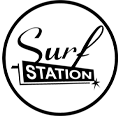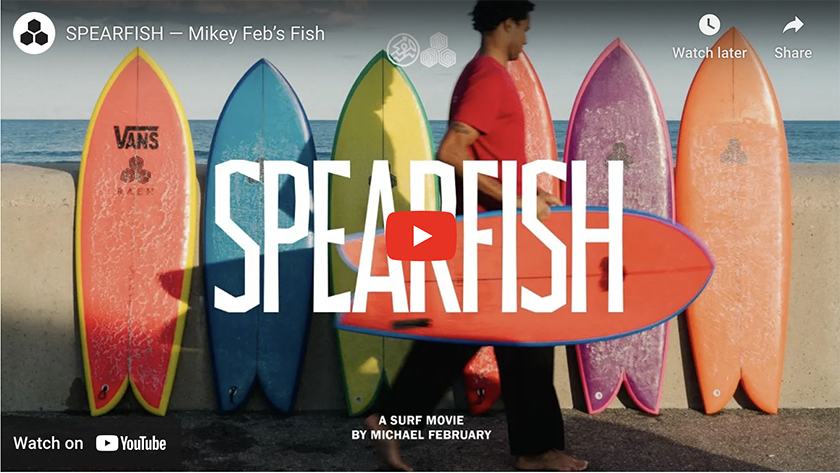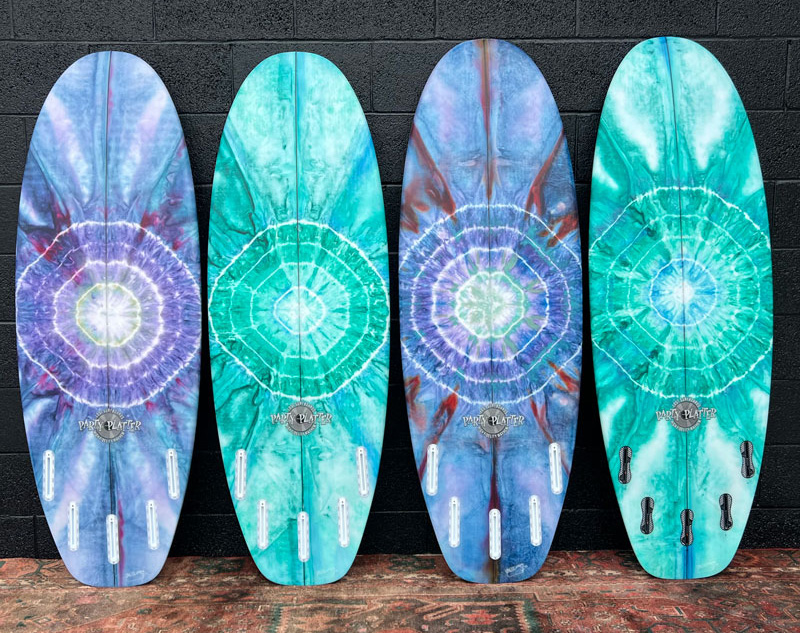Finding the best surfing conditions depends on alot of different factors. Everything has to come together just right for the perfect day of surf. Northeast Florida has many variables that make it tricky to predict when is the best time to paddle out.
First of all, bathymetry. The coastal shelf extends outwards some 50 miles off the coast of St. Augustine. This means that longer period swells start to feel the bottom sooner, and slow down more than in areas like Hawaii that drop off several miles off the coast. Breaking waves are created by shoaling, when water goes from deep to shallow. In Hawaii waves are measured from the back, which is closer to the swell height, but the face height can be double the swell. In Florida, the gradual nature of the offshore shelf causes face height to be closer to the actual swell height, depending on the swell period.
In Central America, for instance, swells often travel 3,000 or even 5,000 miles across the Pacific Ocean from distant storms to break on beach breaks, points and reefs. This longer period swell is super organized, coming in 8-12 wave sets with long lulls in between, making it easy to paddle out. However, long lines often close out at sandy beaches, and the best breaks depend on rocks or reef to make the surf peel and make it good for surfing.
In Florida, we don’t have many point breaks. We depend on inlets, piers and jetties to break up long period swell, and with cold fronts mostly moving away from the coast towards Europe, these happen mostly during Hurricane season. Occasionally, a coastal low will spin up off Hatteras and send some healthy ground swell back our way, mostly during the spring. If we are lucky, this swell combines with offshore wind conditions, grooming the surf to perfection. These type of swell events favor central and south Florida, as Hatteras tends to block northeast Florida beaches.
View this post on Instagram
Our bread and butter for surf in northeast Florida is mid-period wind swell, generated by easterly winds after a cold front. That same easterly wind typically creates onshore conditions for a couple of days, making it choppy, especially on the outside. However, at higher tides, the inside break is usually peaky with the occasional barrel. The outside break tends to block some of the chop and makes the inside semi-clean and fun, even during onshore conditions.
If you want to pick one day of the week when you should take a few hours off work and hit the surf, look for pre-frontal conditions when the wind switches offshore from the SW while easterly swell lingers from the preceding front. Short to mid period swell in the 7-10 second range will mostly miss the outside sandbars, especially on higher tide, and unload on the inside sandbars.
Tide ranges are especially important during these inside high tide sessions. Our inside sandbars become swamps with more than 5’ of water, unless the swell is bigger than 6’. Target 3-5’ of water on incoming tide for the best conditions. During new and full moon phases, the tides are more extreme, and you can expect more moving water and mushy conditions at and around high tide. When it’s a half moon waxing or waning, the tide range is more moderate, and you may find your favorite inside sandbar working for 3-4 hours before, during and after the high tide.








